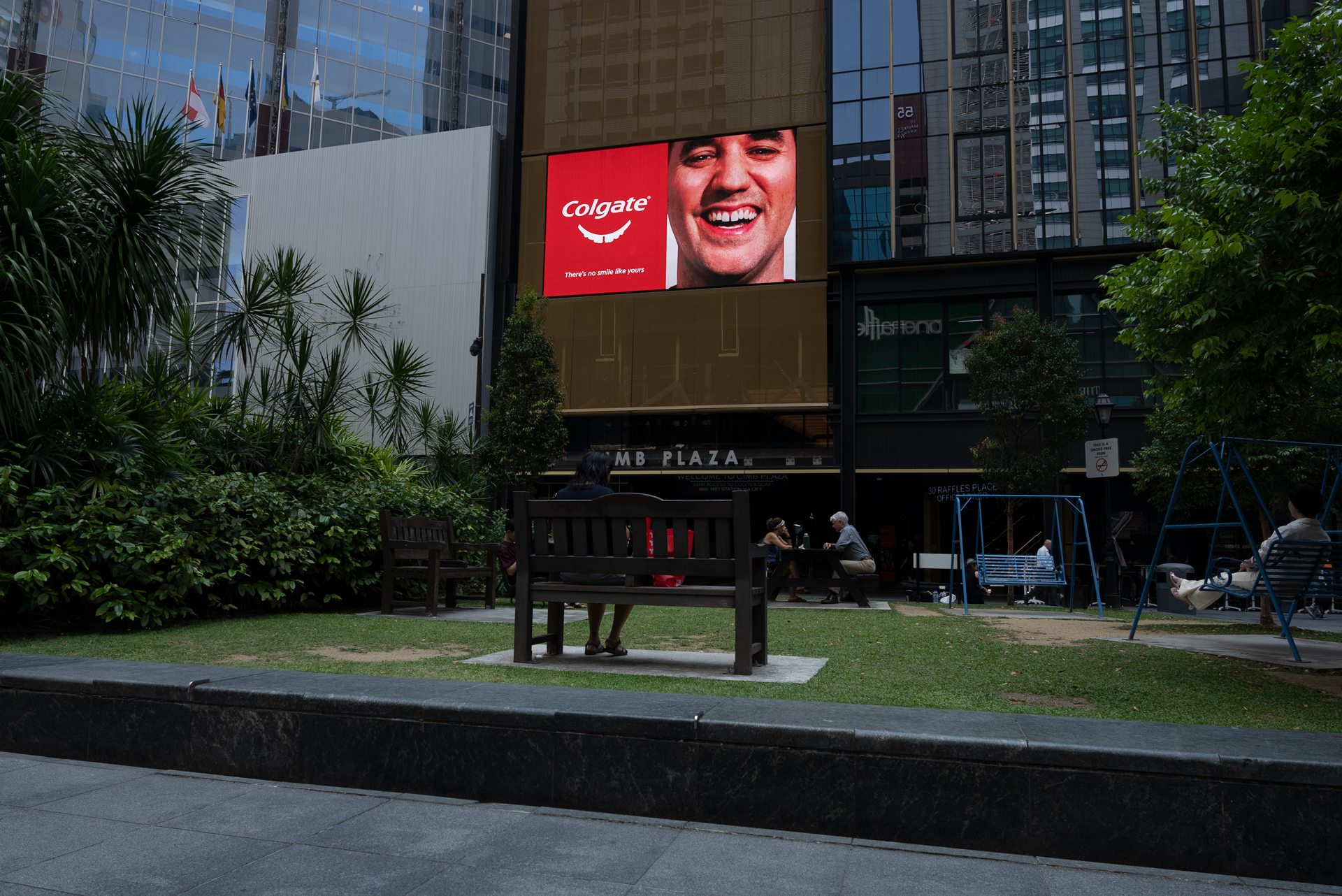Creatives, stop underpricing your work. Here's how to get it right

Knowing how to price your creative work isn't straightforward. It depends on your business model (freelancer or large agency) and the scale of the project. But it is a vital part of your creative strategy (as important as nailing your portfolio design).
"Get the price right and everything falls into place. Get the price wrong, however, and you can find yourself struggling to make sales before you've even begun. At the end of the day, your price is a story and how you tell that story matters," says creative mentor Christopher Murphy.
According to Brad Weaver, chief experience officer at Nine Elms, even the size of company doesn't determine an easy pricing strategy. "Whether you're a freelancer or large agency, there is no single 'right way' to price your services. Instead, look for the 'ideal way' to price. Most companies will use two or three different methods."
We asked Brad and Christopher for their advice around pricing your creative work, and the following tips come directly from their expertise. Read this and you'll never get a price wrong again.
01. Price according to value
Never price based on what you would pay for a service. You might not spend $2,500 on, for example, GitHub's Enterprise Tier, but you – equally – might not be the intended audience for this well designed and seamless service. Or at least, not yet.
Right now you might be happy with GitHub's Free or Personal tiers, but who knows? At some point in the future you might be the target market for an Enterprise solution. Price accordingly and never forget that others might have more income to buy in at higher price points.
02. Build a pricing pipeline.. and consider freemium

When pricing products, there are ways we can stack the deck in our favour by building what I call a 'pricing pipeline'. In this, different pricing tiers are considered: low, middle and high.
Daily design news, reviews, how-tos and more, as picked by the editors.
Tiered pricing affords potential customers more opportunities to make the final purchase. With just one price point your users are faced with a binary choice: 'buy' or 'not buy'. If you consider additional tiers, you increase the potential number of 'buy' responses. This strategy maximises the chance of a purchase by shifting the question from 'Will I buy?' to 'Which will I buy?' A subtle but important difference.
Embracing a freemium model allows you to grow your customer base quickly by removing the inhibition customers face when they're asked to pay for a product. At Get Invited we offer free entry-level pricing to allow potential customers to try out our product.
04. Consider discounts and bundles
Discounts and bundles are a great way to add value for potential customers. This is why we see so many 'Buy one, get one free' offers in supermarkets: everyone likes a bargain.
Consider offering occasional discounts, or if you have multiple products, bundles. These will help drive sales and, in turn, help your bottom line. Yes, you might lose a little on every sale, but that loss will be more than made up for with an injection of income, helping your cash flow.
05. Get the pricing model right
There are several different (okay seven different) pricing models to consider when setting our your pricing terms. Which one you choose depends on a wealth of factors from how accurately you can predict how long a project will take you, to how many different clients you work with regularly.
The different models are as follows:
- Hourly Billing
- Project-based Pricing
- Value-based Pricing
- Retainer Pricing
- Package Pricing
- Performance-based Pricing
- Equity Pricing
Read more about the 7 models of pricing in our in depth article.
06. How much time will it take to do?

How long the work will take you to complete is the main factor to take into account when pricing up a job. It doesn’t matter whether you’re a bricklayer or dentist, what you charge is based on the going market rate for your particular skills and how long the work takes. There are numerous accounting formulas for developing an hourly rate, and you can even find dedicated apps and websites that’ll do the maths for you.
07. What can the client pay?
Think about what your client can afford. Different market sectors have different financial ceilings. This doesn’t mean being exploitative, but a large, stable company will have a bigger budget than a small independent start-up. If the latter can’t afford your average quote then reduce it, without leaving yourself out of pocket.
08. What will your final work be used for?

Design work is design work, right? Wrong. Your work is a tradable commodity with a value based on its capacity to generate revenue for your client. Thinking like this underlines the difference between a small local print advert and an international TV campaign. The latter has a vast reach and potential to generate much higher capital for your client, so price accordingly.
09. What volume will it be used in?
The same scale stands for volume. If you’re an illustrator, for instance, then granting usage of your artwork for 1,000 posters is less expensive than 10,000, and the same goes for websites, apps and other digital design commodities. How many hits is it likely to achieve? What is the item’s sales target? These are questions you should ask and your client should hopefully be open about answering. Again, the bigger the project, the bigger the fee.
10. When is it due?

Now don’t think about how long it’ll take, but how long or short the deadline you’ve been given is. There are dozens of factors that affect a quote, but you should always be aware of necessity. If it’s a high-priority job, then there’s a financial reason for this – nobody wants to rush through any job without a good reason, and more often than not, this reason is a commercial one. Shorter turnarounds will require longer working hours, so bill for them.
11. Who will own the rights to the work?
If you’re signing over all reuse rights and copyright, then factor this in. Intellectual property is yours unless explicitly signed over to your client in a contract, so read anything you’re asked to sign thoroughly. For big jobs you could have a lawyer check the terms of use and ownership rights. You don’t want to be another John Pasche (who was paid £50 for the Rolling Stones lips logo and just £250 for reuse rights).
12. What expenses will you incur?

Will you have to buy fonts for the job? Any specialist equipment? What about hiring photographers, models and makeup artists? These are all top-line expenses to factor in when quoting. There are also bottom-line expenses – such as travel, accommodation and even food – that influence your profit margin. Make sure you keep that as fat as possible.
13. How awesome is your reputation?
Don’t be arrogant, but be honest. If a client came to you because you’re in demand, then darn well make sure they pay for it. You might be an illustrator able to provide a particular style that’s crucial to your client’s project, or a digital designer who specialises in a field – such factors come at a premium, and clients will be willing to pay that bit more for your expertise.
14. How competitive do you want to be?

What do your contemporaries charge, bearing in mind that they might also be quoting on the project? There’s nothing wrong with asking your client this and basing your quote on their reply. But that doesn’t always mean undercutting the competition. For example, if your client’s existing quote comes from a newer, less reputable designer, you can legitimately quote a higher price than theirs, on the basis that you have the stronger portfolio.
15. How much do you want the work?
Is it an exciting brief? Do you have nothing else on? Are you down to your last packet of noodles and need the cash? Consider this before quoting. If you want the job for your portfolio or possible repeat business, then be competitive. Or if you don’t really fancy the job, quote high. But be warned: deviate from your formula and you could lose the pitch. Or worse, win it at a loss…
F0r more handy tips, see how to go freelance with a seamless transition.
Christopher Murphy is a writer, designer and speaker based in Belfast. He's a passionate educator, mentor to creative entrepreneurs, and the author and publisher of Tiny Books.
You must confirm your public display name before commenting
Please logout and then login again, you will then be prompted to enter your display name.

